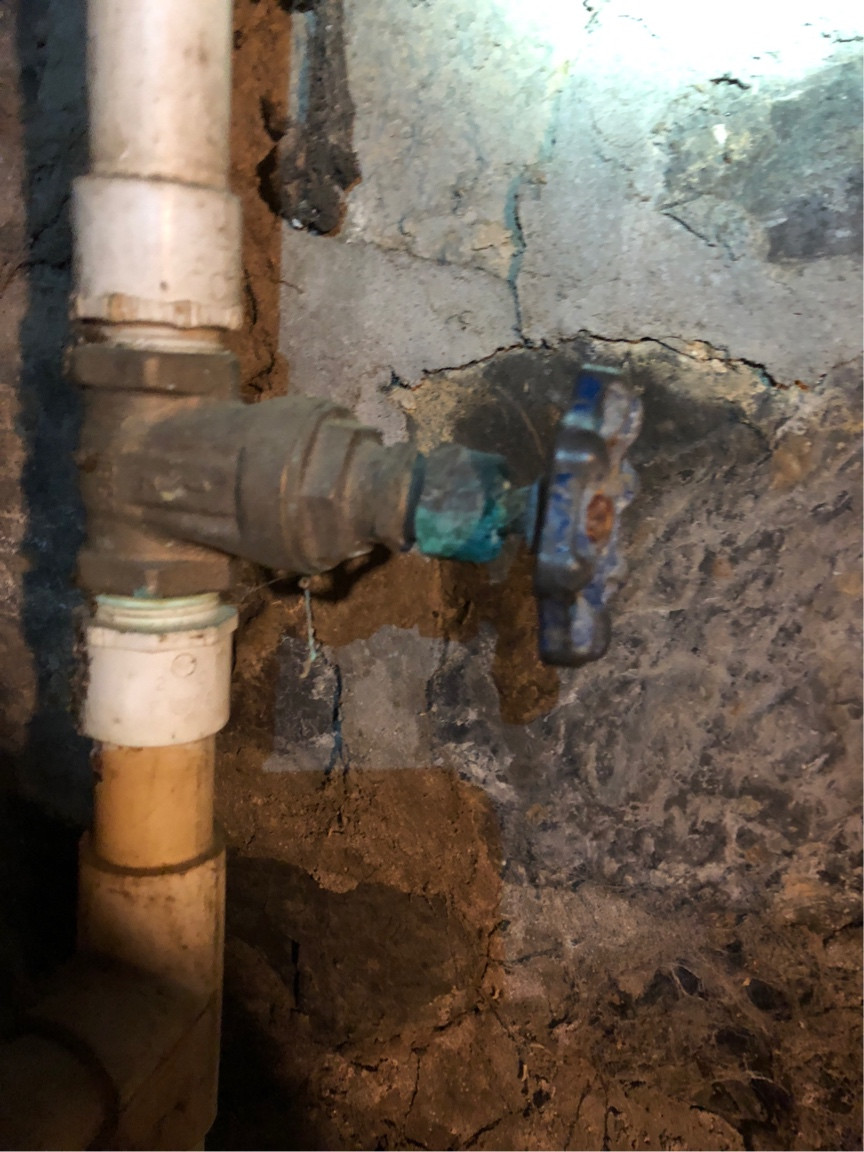Gate valve leakage is a common challenge in fluid control systems, and addressing this issue is essential to ensure the efficient and safe operation of various industrial processes. Gate valves are widely used in industries such as oil and gas, water treatment, and chemical processing due to their ability to provide a tight seal when closed and allow unobstructed flow when open. However, factors like wear and tear, corrosion, and improper installation can lead to leakage problems. One of the primary causes of gate valve leakage is wear and tear. Over time, the constant movement of the gate within the valve body can lead to wear on the sealing surfaces. This wear can create small gaps where fluid can escape, resulting in leakage. To mitigate this, regular maintenance and inspection of gate valves are crucial. Replacing worn or damaged components, such as the valve seat and gate, can help maintain the integrity of the seal and prevent leakage.

Corrosion is another significant challenge in gate valve leakage. In environments where the fluid being controlled is corrosive, the valve components may deteriorate, causing leaks. To combat this issue, manufacturers often use materials with high corrosion resistance, such as stainless steel or corrosion-resistant coatings. Proper material selection is essential to ensure the longevity of gate valves in corrosive environments. Improper installation and maintenance practices can also contribute to gate valve leakage. Inadequate torque during valve assembly or incorrect alignment can result in poor sealing performance. Regular inspections and adherence to manufacturer’s recommendations for installation and maintenance procedures can help prevent and what is a gate valve? Proper bolting and casketing techniques are essential to maintain a secure seal. One effective solution to reduce gate valve leakage is the use of advanced sealing technologies. For instance, the introduction of flexible wedge gate valves with enhanced packing and sealing systems has significantly reduced the likelihood of leakage.
Another solution to gate valve leakage is the implementation of automated valve control systems. These systems can monitor valve performance and make real-time adjustments to maintain a tight seal. They can detect changes in pressure, temperature, and flow rate, allowing for immediate response to prevent or minimize leakage. In conclusion, gate valve leakage presents challenges in fluid control systems that require diligent maintenance, material selection, and proper installation. Wear and tear, corrosion, and improper handling can all contribute to this issue. However, advancements in sealing technologies and the use of automated control systems have significantly improved the reliability of gate valves. By addressing these challenges and implementing appropriate solutions, industries can ensure the efficient and safe operation of their fluid control systems while minimizing the risk of leakage and its associated consequences. Regular maintenance of , proper material selection, and advanced sealing technologies are key factors in addressing gate valve leaking at stem and ensuring the integrity of fluid control systems.
